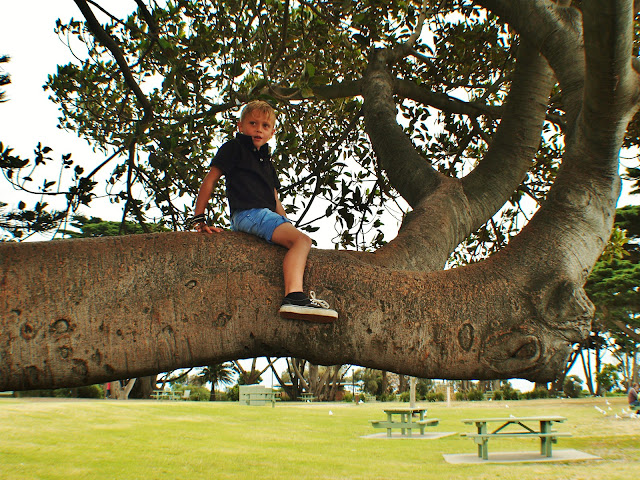Assisting Young Writers To Be More Specific
Going From General To Specific.
Young writers benefit greatly when shown how to sharpen their writing by moving from the general to the specific. When they are armed with this important knowledge about writing, it improves the quality of the images that emerge in the mind of the reader.
When we know the exact name of something, it brings that item, that thing, closer to us. It provides us as readers with greater clarity. The fog of uncertainty is blown away. As readers, we are more alert.
Judy Blume in her book ‘Tales Of A Fourth Grade Nothing’ uses specific details to describe the materials her characters used to make their school project.
'We keep our equipment under my bed in a shoebox. We have a set of Magic Markers, Elmer’s glue, Scotch tape, a really sharp pair of scissors and a container of silver sparkle.'
Notice how the initial sentence is quite general, However, the author subsequently unpacks the heavy sentence by specifically detailing the items in the sentence that follows. She wants the reader to know it wasn't just glue, but more specifically-Elmer's glue, not just tape, but Scotch tape and so on. The images are sharpened for the reader because the writer is specific regarding details.
In David Almond's wonderful book 'Skellig,' the author provides the reader with a rich description filled with specific details of the moment, the main character, Michael begins to explore the old garage which is part of the family's new home.
'I took my torch and shone it in. The outside doors to the back lane must have fallen off years ago, and there were dozens of massive planks nailed across the entrance. The timbers holding the roof were rotten and the roof was sagging in. The bits of the floor you could see between the rubbish were full of cracks and holes... There were old chests of drawers and broken wash basins and bags of cement, ancient doors leaning against the walls, deck chairs with the cloth seats rotted away.'
In Tim Winton's book 'Blueback,' the author provides a comprehensive picture of the varied fishing catch laid out on the boat. He does this by providing the reader with a complete list of the specific fish.
'Abel saw blue morwong, trevally, sweep, boarfish, harlequins, breaksea cod, groper, jewfish, and samsons stiffening in the sun or quivering to death.'
Young writers benefit greatly from having their attention drawn to passages such as this. They begin to appreciate the power of specific language possesses for enhancing their writing. As part of your writing workshop, presenting this strategy through modelling of quality literary extracts can prove a powerful change agent.
Encourage your students to practice going from the general to the specific by completing a task like this with you as part of the mini lesson.
GENERAL SPECIFIC
Lolly Fruit Tingles
Noise squeak
Dog ?
Flower ?
Friend ?
Try This:
*Ask students to practice being text detectives and look for examples of authors being specific in their use of detail and description. Document and share exemplars.
*Ask your students to look for examples in their writer’s notebook that could be changed from the general to the specific.
*During the independent writing phase of your workshop, remind your students to be mindful of using this strategy whenever the opportunity arises.
Share time then presents as an excellent time for students to share examples of their writing, highlighting where they used specific detail to improve their writing.
Remember, when we label things in our world as we write, it indicates we are more alert to our world. Hopefully, our readers will also be more alert in their reading of our words.







Comments
Post a Comment